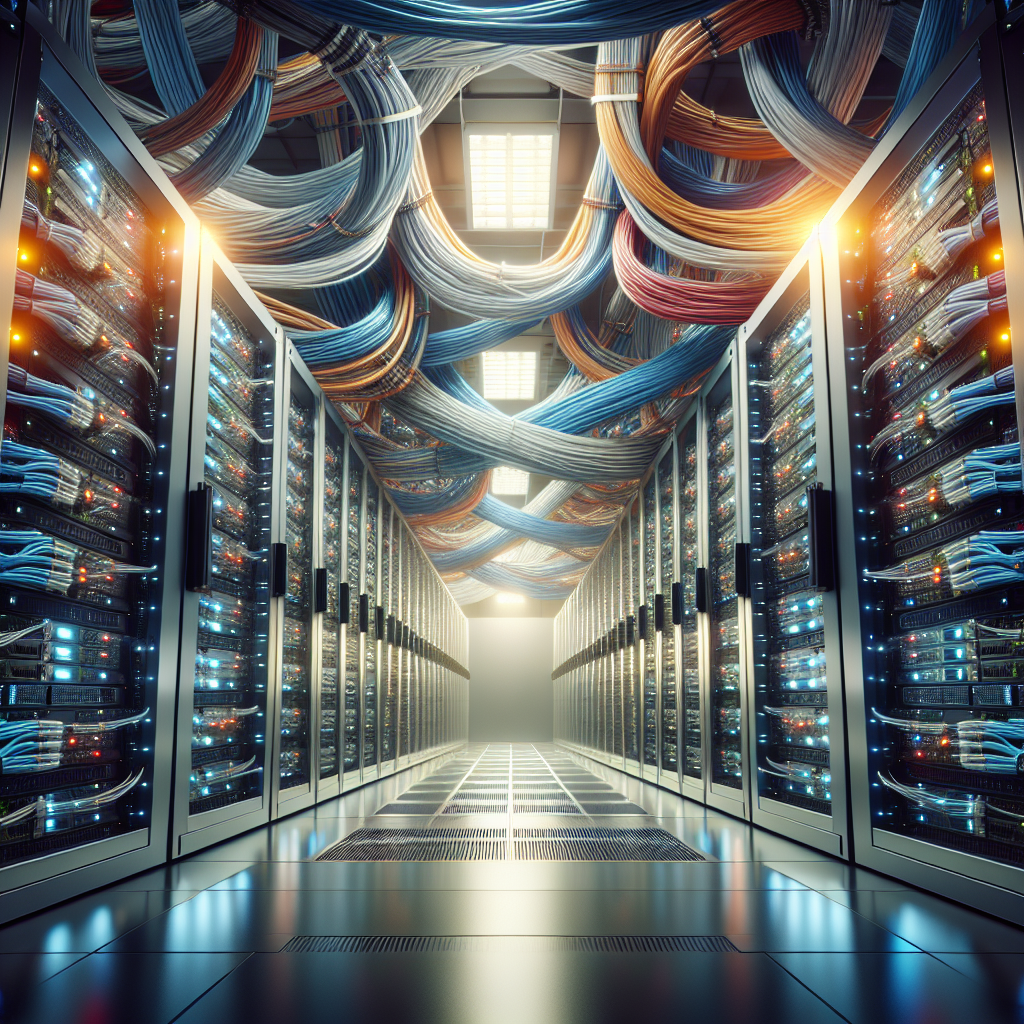Your cart is currently empty!
The Role of Data Center Cabling in Supporting High-Speed Networks

In today’s digital age, data centers play a crucial role in supporting the growing demand for high-speed networks. As technology continues to advance at a rapid pace, the need for faster and more reliable data transmission has become increasingly important. One key component that plays a critical role in ensuring high-speed network performance is data center cabling.
Data center cabling refers to the physical infrastructure that connects network devices, servers, storage systems, and other equipment within a data center. The quality and efficiency of the cabling infrastructure can have a significant impact on the overall performance of a data center network. In order to support high-speed networks, data center cabling must be designed and installed in a way that minimizes signal loss, interference, and latency.
There are several factors to consider when designing data center cabling for high-speed networks. One key consideration is the type of cabling used. Copper cabling, such as Category 6 or Category 6A, is commonly used for Ethernet connections within data centers. These cables are capable of supporting data transmission speeds of up to 10 Gbps or higher. However, as network speeds continue to increase, many data centers are turning to fiber optic cabling for even faster and more reliable connections. Fiber optic cables can support data transmission speeds of up to 100 Gbps or more, making them ideal for high-speed network environments.
In addition to choosing the right type of cabling, it is also important to consider the layout and design of the cabling infrastructure. Data center cabling should be organized in a way that minimizes signal interference and maximizes data transmission efficiency. This includes properly routing cables, using cable management systems to keep cables organized and secure, and ensuring proper cable lengths to minimize signal loss.
Proper installation and maintenance of data center cabling is also crucial for supporting high-speed networks. Cables must be properly terminated, tested, and labeled to ensure optimal performance. Regular inspections and maintenance of the cabling infrastructure can help identify and address any issues that may impact network performance.
Overall, data center cabling plays a vital role in supporting high-speed networks. By choosing the right type of cabling, designing a well-organized infrastructure, and maintaining the cabling system properly, data centers can ensure that their networks are capable of meeting the demands of today’s digital world. With the increasing reliance on high-speed data transmission, investing in quality data center cabling is essential for ensuring the performance and reliability of data center networks.

Leave a Reply